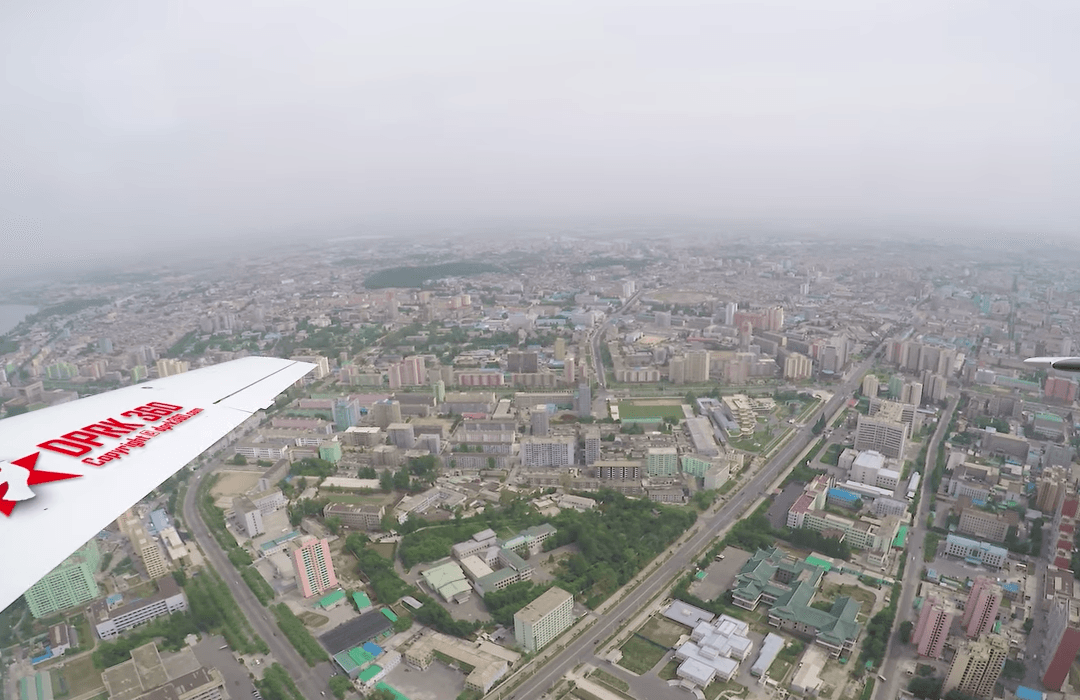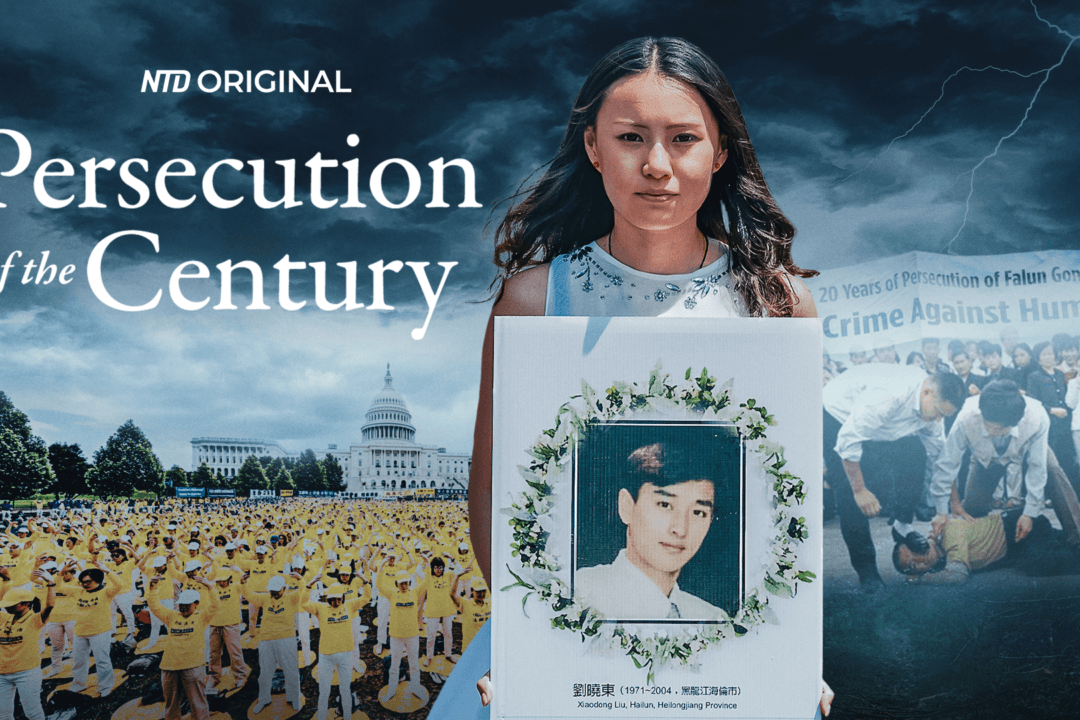A Singaporean national, Aram Pan, recorded video footage of Pyongyang while visiting the North Korean capital in May as part of a project called DPRK360, which aims to bring rare images of life in the reclusive state to the outside world.
The 41-year-old soared over the city in a Piper Matrix PA-46 light plane. Pyongyang was reported to have a population of 3.26 million as of 2008.





